
Center continues quest to protect hearing, prevent damage
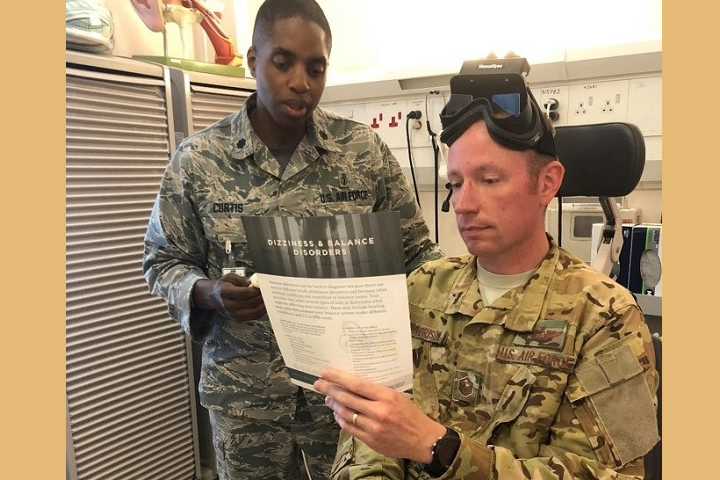
Air Force Lt. Col. Kwame Curtis (left), chief of the 48th Medical Group, Audiology Clinic at RAF Lakenheath, England, uses HCE's Comprehensive Hearing Health Program materials to discuss balance and dizziness disorders with a service member prior to a video-nystagmography test. (Air Force photo)
The ability to hear and communicate is critical in all aspects of life. During National Audiology Awareness Month in October, the observance is a reminder that some noise can be hazardous to hearing, especially for Service members exposed to aircraft, machinery and weapons fire, who can suffer permanent damage to the auditory system.
Since it was established in 2009, the Department of Defense (DoD) Hearing Center of Excellence (HCE), in partnership with the Department of Veterans Affairs (VA), has focused on its mission to prevent, diagnose, mitigate, and rehabilitate hearing and balance injuries in Service members and Veterans.
The center serves as a resource for providers in the DoD and VA, enabling the development, exchange and adoption of best practices, research, measures of effectiveness and clinical care guidelines to reduce the prevalence and cost of hearing injury among Service members and Veterans. To foster initiatives and solutions for hearing and balance disorders, HCE has also established global partnerships and alliances with the VA, U.S. military services, other federal agencies, academia, industry and international communities.
“Our goal is to ensure that our service members are ready and able to hear and perform their missions, and to be a resource that actively works to prevent hearing loss during military service. It’s important that we champion the military unique aspects of hearing loss and auditory-vestibular system injury for the Service member and Veteran,” said Air Force Col. LaKeisha Henry, HCE’s division chief.
While hearing loss and tinnitus – the ringing, buzzing or other sounds in the ears or head often associated with hearing loss – have remained among the most prevalent service-connected disabilities reported annually by the Veterans Benefits Administration, HCE is striving to prevent noise-induced hearing loss, or NIHL, in collaboration with hearing conservation programs administered by each service, and through its Comprehensive Hearing Health Program (CHHP).
Created in 2013, the CHHP program, a best practice approach, is being launched across the DoD and VA to reduce the incidence of hearing injury through education, protection and monitoring. The program’s aim is to standardize and optimize hearing conservation services.
With education as a key element to prevention, HCE teamed up with the Services and the Army Game Studio to develop an interactive multimedia course to ensure Service members receive annual hearing health education earlier and throughout their careers. The four-module Hearing Education and Readiness (HEAR) course, available on-line and via a HEAR app, informs Service members about the risks of exposure to hazardous noise, the negative impacts of NIHL, and effective strategies to help reduce the risk.
In addition to education, periodic hearing monitoring efforts accomplished by service providers help to keep members on track with their hearing health as a readiness requirement.
“Like blood pressure monitoring, when a service member is informed and has access to the status of their hearing, they’re motivated to pay closer attention to their hearing health habits in order to do their jobs and deploy, especially if early signs of hearing loss are detected and they now must take action to prevent it from progressing,” said Lt. Col. Martin Robinette, Army audiology liaison for the HCE. “Hearing readiness efforts have made service members aware of their need to take care of their hearing, both on and off duty.”
According to Robinette, awareness and changing behavior, such as wearing hearing protection during weapons training and in operational settings, is paramount to reducing NIHL. “If Service members don’t wear hearing protection, nothing will change and hearing loss will continue.”
Robinette said the Army instituted a readiness metric and deployment requirement in 2006, which significantly increased the number of Soldiers who had their hearing checked as a requirement to being able to deploy. “From 2000 to 2003, the Army conducted about 134,000 tests annually on Soldiers. By 2011, the Army conducted more than 1.1 million periodic tests on Soldiers – that’s an 8 to 9-fold increase in testing. I think many Soldiers realized, if they didn’t have their hearing tested, they wouldn’t be able to deploy, and this also made them want to protect their hearing so that they could deploy.”
Robinette added that the number of infantry Soldiers with the severity of hearing loss that could negatively impact their readiness and performance significantly dropped after 1974 – the post-Vietnam war era, and continues to improve each year in step with hearing conservation efforts within the DoD.
“Hearing loss and hearing injury are at all-time lows in the Army. That said, we still have a long way to go to ensure our Soldiers can effectively perform their mission while protecting their hearing,” said Robinette. “Ensuring good situation awareness – that is, the ability to detect and localize sounds and communicate while wearing hearing protection- is an additional challenge we are focusing on.”
Tracking and analyzing DoD-wide hearing health data has remained a top priority for HCE and part of its Congressional mandate set forth in the Fiscal Year 2009 National Defense Authorization Act. To achieve this directive, HCE worked with the Services and VA to develop the Joint Hearing Loss and Auditory System Injury Registry, with an estimated system launch in fall 2019.
“The registry combines clinical episodes of care from both DoD and VA audiograms, demographic, deployment, and theatre trauma and non-trauma data to promote continuity of care, analysis, research, and clinical performance,” explained Trina Morrisette, chief of HCE’s Information Management Branch.
While HCE’s mission does not directly conduct research, it has a requirement to facilitate and encourage research. To that end, HCE’s Research Coordination Branch established and maintains an interdisciplinary group called the Collaborative Auditory & Vestibular Research Network, or CAVRN. With a federal roster of more than 200 members, along with nearly 300 more on extramural sub-committees and working groups, the CAVRN team promotes collaboration, translation, and best practices that influence hearing and balance care, readiness, and quality of life for Service members and Veterans.
According to HCE’s Research Coordination Branch chief, Dr. Tanisha Hammill, progress is being made across many fields of hearing and balance research.
“There’s a lot of promising work and interest in so-called ‘hidden hearing loss’ that has been shown to occur in some animal auditory systems where damage is not detected by traditional hearing tests, which should enable earlier detection and interventions to prevent permanent hearing damage,” Hammill said. “I’m also very hopeful about new developments in pharmacological therapies. For instance, there are clinical trials going on now in early-rescue interventions to prevent transient or permanent hearing loss, as well as for hearing restoration through cochlear regeneration. Seeing where those lead should be very exciting.”
DHA PI 6025.12: Retiree At Cost Hearing Aid Program Retiree Hearing Aid Purchase Program (RACHAP)
Policy
This Defense Health Agency-Procedural Instruction (DHA-PI): a. Based on the authority of References (a) and (b), and in accordance with the guidance of References (c) through (r), establishes the Defense Health Agency’s (DHA) procedures to establish common and uniform guidelines, standards, and procedures for all DoD MTFs providing hearing health services to beneficiaries through RACHAP. This program has been operating at self-selected MTFs without established DoD guidance. b. Enables MTFs with capacity and capability to provide hearing aid evaluation, selection, fitting, and follow-up appointments utilizing an at cost Federal Government contract price through RACHAP to RACHAP-eligible beneficiaries (“RACHAP-eligible beneficiaries” defined in the Glossary). c. Incorporates, cancels, and replaces Reference (s).
- Identification #: 6025.12
- Date: 10/19/2018
- Type: DHA Procedural Instruction
- Topics: Hearing Loss
Noise impact on hearing loss
Article
9/20/2018

Hearing loss is the number one disability among veterans
Study examines impacts of noise and chemical exposure on hearing health
Article
9/13/2018
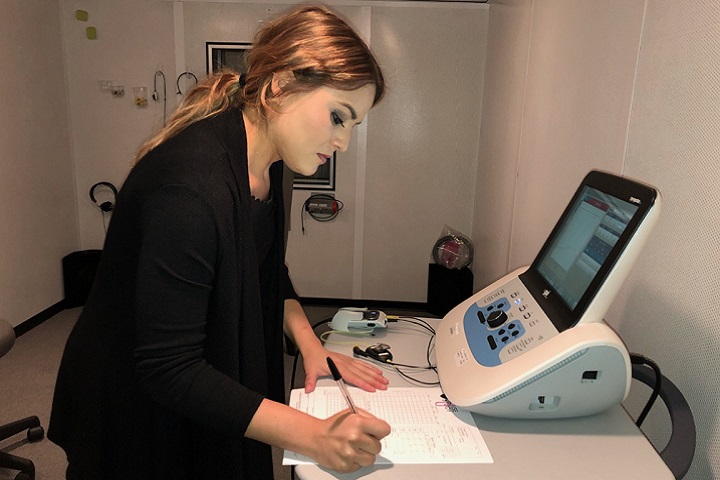
Exposure to certain chemicals, called ototoxicants, can cause hearing loss or balance problems
New course aims to reduce military hearing loss
Article
9/7/2018
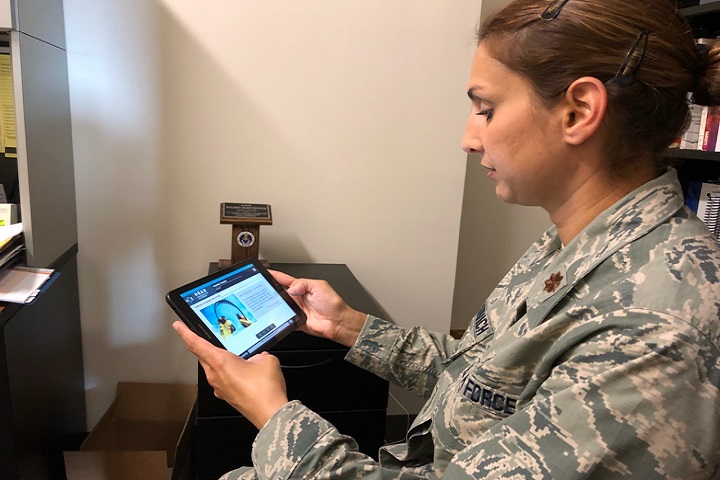
Tinnitus and hearing loss have remained among the top disabilities of veterans
Battlespace acoustics branch protects hearing, human performance
Article
8/17/2018
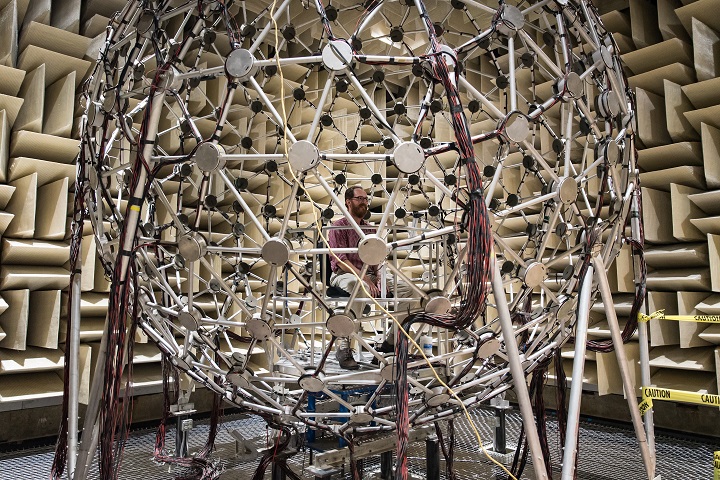
We look at how noise is being generated, how it propagates, and what that means for Airmen in the field
Air Force NCO resumes career after tumor, hearing loss
Article
5/16/2018
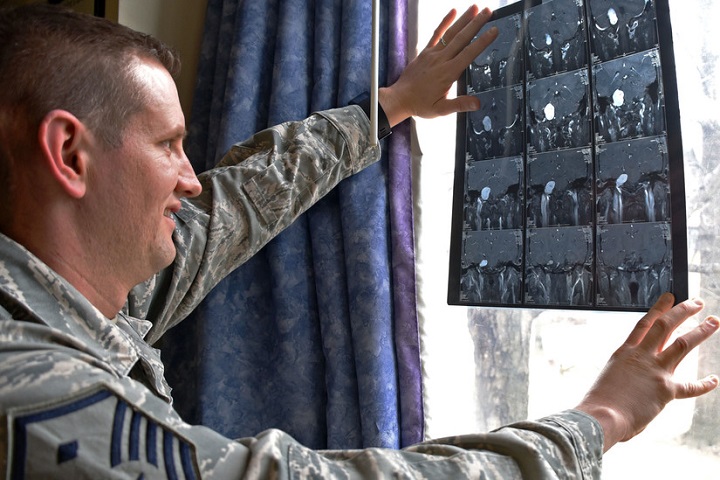
He had the constant feeling of water in his ear – he knew something was wrong
Dedicated audiologists use clever tools to combat hearing loss
Article
5/11/2018
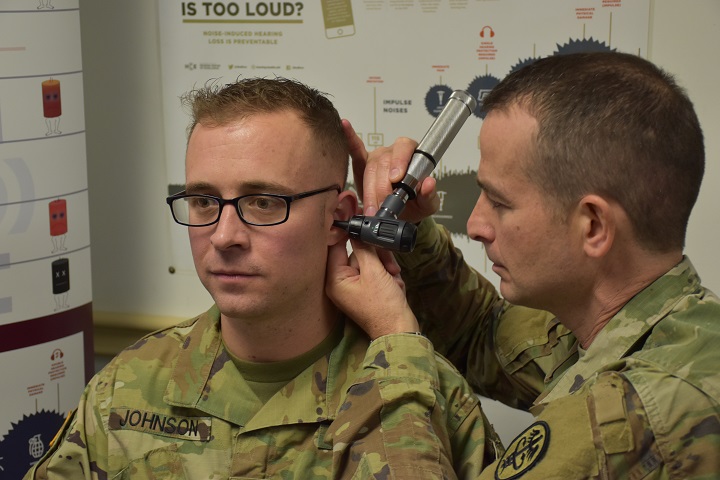
Hearing loss and tinnitus have steadily increased over the last two decades among Veterans
Research network works to combat number one disability claim among veterans
Article
5/4/2018

Noise brings the potential of hearing loss if proper personal protective hearing equipment is not available or utilized
Traumatic Brain Injury and the Art of Paddling
Article
3/7/2018

A U.S. Army veteran’s recipe for embracing life after several TBIs
With success comes ‘great momentum’ in hearing center’s future
Article
7/13/2017
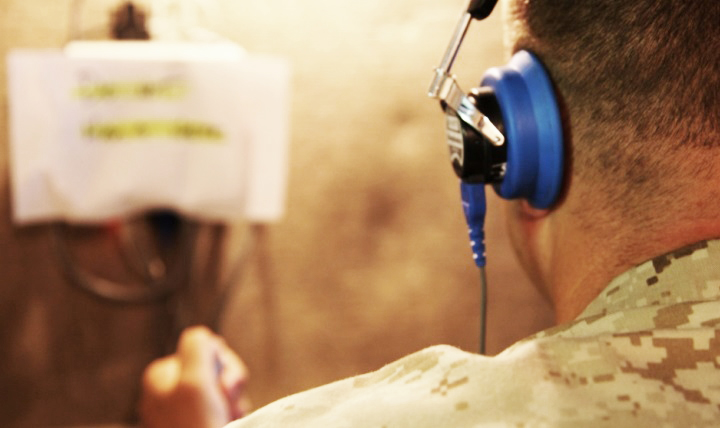
DoD’s Hearing Center of Excellence works closely with other departments and organizations, including VA and NIH, to facilitate research focused on prevention, diagnosis, mitigation, treatment, and rehabilitation of hearing issues
May is better speech and hearing month
Article
5/10/2017

The Veterans Benefits Administration reports that tinnitus and hearing loss are the top two service-connected disabilities for U.S. military veterans
DHA to welcome Hearing Center of Excellence to agency
Article
12/5/2016
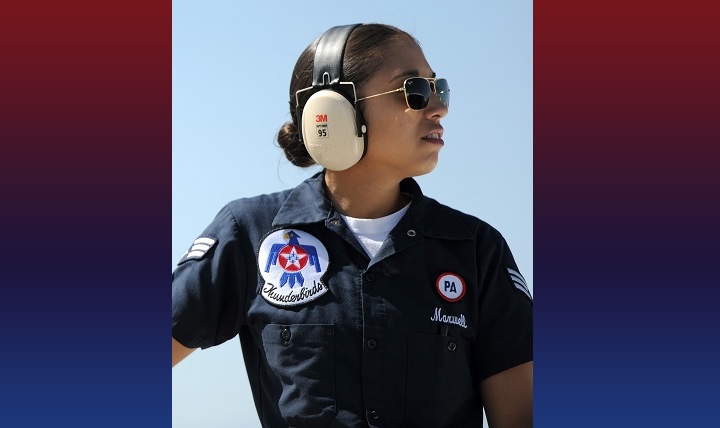
The center comes under formal control of the Defense Health Agency Dec. 11, 2016
Exiting an A-10C Thunderbolt
Photo
9/30/2016

U.S. Air Force Senior Airman Judith Bulkley, an electrical and environmental systems specialist deployed from the 23rd Aircraft Maintenance Squadron, Moody Air Force Base, Ga., exits an A-10C Thunderbolt II after performing an external power operations check on the aircraft at Kandahar Airfield, Afghanistan. Because service members in particular are ...
Lt. Col. James Morrison getting adjustments to cochlear implant
Photo
9/22/2016
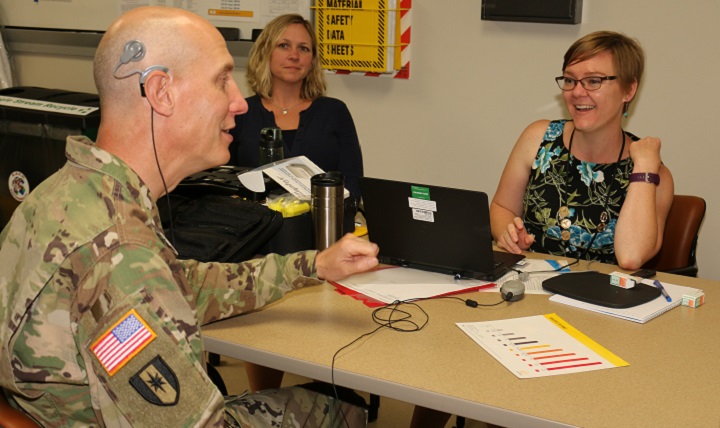
Dr. Elizabeth Searing (right) makes initial adjustments via a computer to Lt. Col. James Morrison's cochlear implant. Dr. April Luxner, an audiologist with Cochlear Corporation, was on hand to witness Morrison's reactions to hearing with his right ear after 12 years of deafness. (U.S. Army photo by Jeff Troth)
Army Hearing Program
Policy
Department of the Army Pamphlet 40-501






















.png)











No hay comentarios:
Publicar un comentario